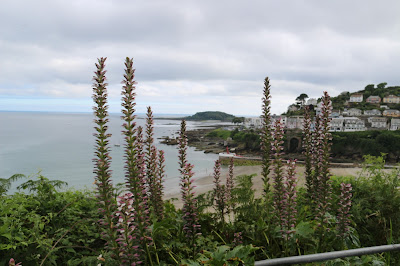We see ourselves in two ways, and I'm thinking about our physical selves rather than the realms of psychological insight, either through the looking glass or in photographs. Through the looking glass is, like the world of Alice, strongly influenced by our imagination: how many of us go through a routine of squinting or posing in order to see ourselves in our perceived best way? Photographs, on the other hand, tell fewer lies. What you see is what you get. One hundred years or so ago there were a limited number of opportunities to be captured for posterity - the occasional trip to the local photography studio or a gathering of friends and family posing for the definitive group photograph. Once taken, that was it: that was the "you" that would be shared by friends and family across the generations. As an illustration, I give you two photographs from my family collection. Edwardian poses of my great great grandparents, Thomas and Harriet Boniface, and their eleven children on the occasion of their Golden Wedding in 1906. The family are captured for ever - complete with frowns and cares and unflattering angles. But that doesn't matter as the photographs represent a moment in history which is unique.


These days things are very different indeed. In the age of the selfie and costless digital photographs, we can sift and edit until we find the shot that best represents our imagined self. Selfie after selfie after selfie - selecting the ones we like best and deleting the rest. I am quite sure that the people in the Edwardian photograph would have liked such an opportunity to fine-tune their image, but they were stuck with the one take. Their consolation is that, over a century later, I am still able to revisit that day and these sepia photographs. Whereas most selfies are just digital ephemera and will be lost for ever in the blink of a SIM card.


















































